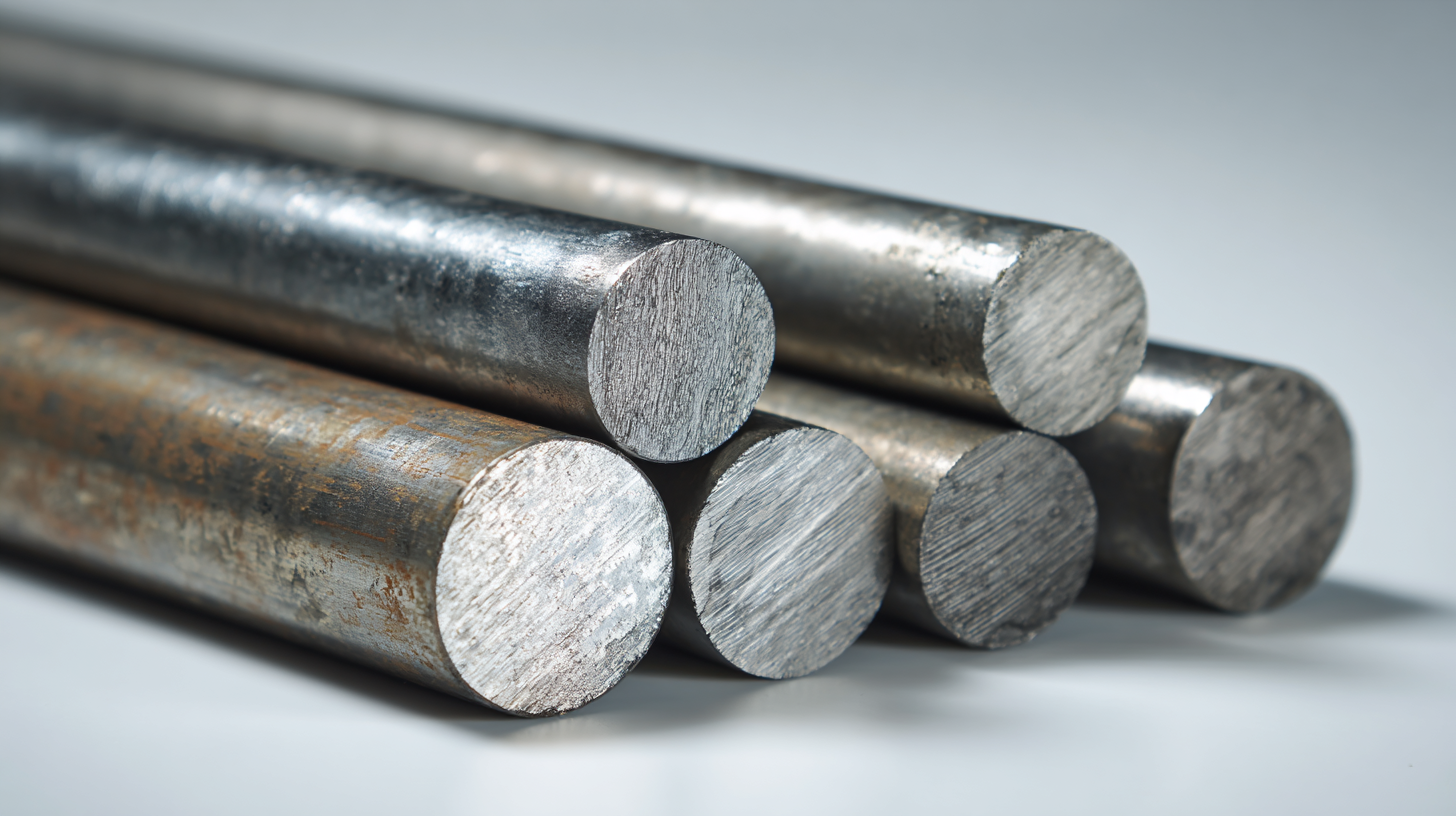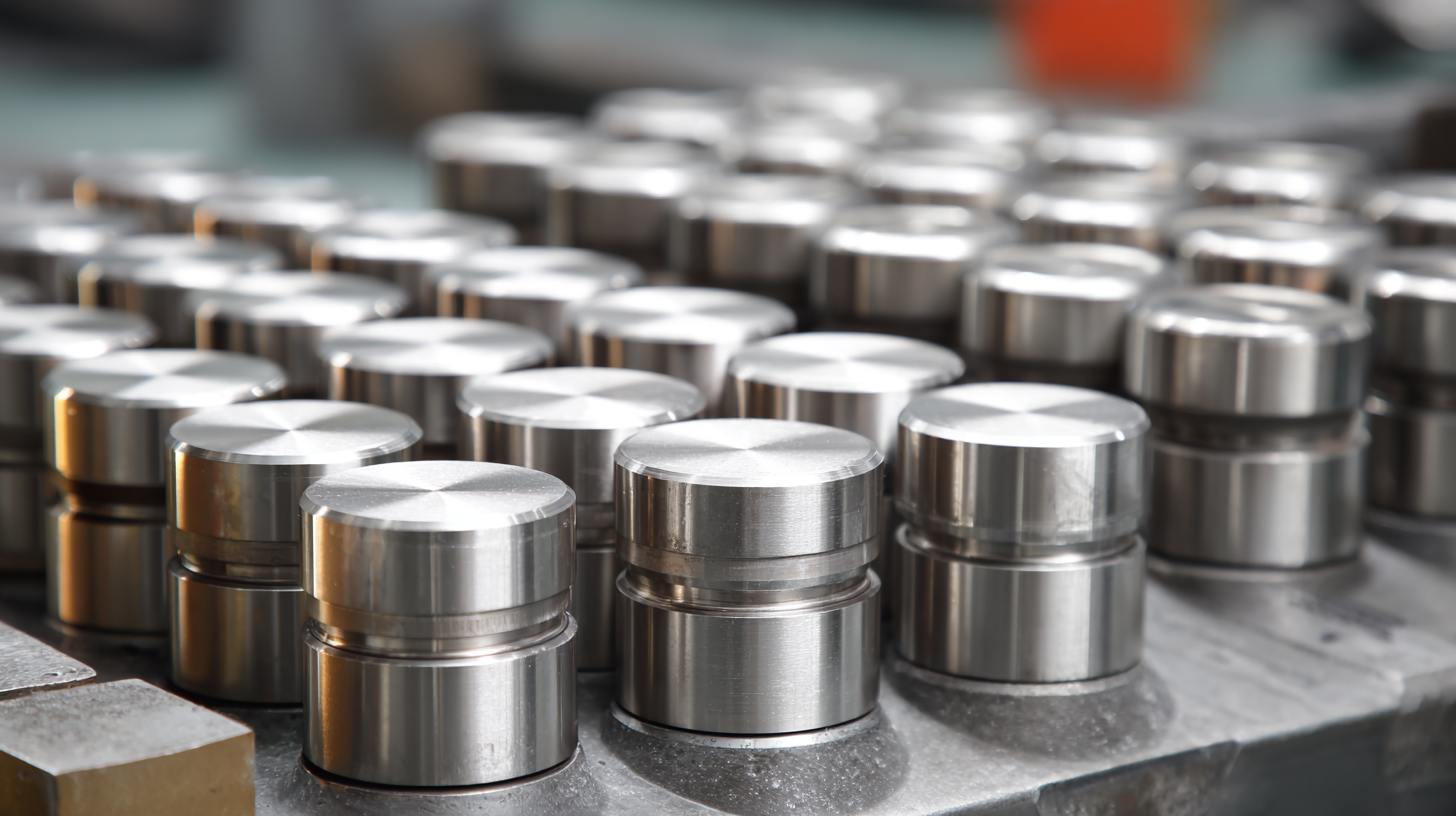Leave your message now to get your free sample and discount price
Leave your message now to get your free sample and discount price
In the ever-evolving landscape of manufacturing and metalworking, Tungsten Carbide Metal has emerged as a pivotal material, celebrated for its exceptional hardness and resistance to wear. According to a report by IBISWorld, the global market for Tungsten Carbide is expected to reach USD 18.6 billion by 2025, driven by its widespread applications in mining, construction, and manufacturing industries. This durable metal, often used for tools, industrial machinery, and other applications, offers a range of products each tailored to specific operations and environmental conditions. Understanding the distinctive characteristics and suitability of different Tungsten Carbide products is essential for businesses aiming to optimize their processes and enhance productivity. In this ultimate guide, we will explore the various types of Tungsten Carbide Metal, their unique features, and provide insights on how to select the best options to meet your business needs.

When considering different types of tungsten carbide alloys for your business needs, it's essential to understand their unique properties and applications. Tungsten carbide is primarily an alloy of tungsten and carbon, known for its exceptional hardness and wear resistance, making it invaluable in industries ranging from mining to manufacturing. According to a report by MarketsandMarkets, the tungsten carbide market is projected to reach USD 25.4 billion by 2025, driven by the increasing demand for high-performance materials across various sectors.
There are several notable grades of tungsten carbide, each tailored for specific applications. For instance, WC-Co alloys, which incorporate cobalt as a binder, are popular in tooling applications due to their toughness and resistance to impact. Meanwhile, WC-Ni alloys are preferred in environments where corrosion resistance is crucial, such as in the oil and gas industry. Understanding these distinctions will help you select the right alloy for your operational demands.
**Tip:** Always request detailed specifications and material data sheets when sourcing tungsten carbide alloys. This information will provide clarity on hardness, tensile strength, and thermal conductivity, enabling informed purchasing decisions. Additionally, consider the alloy's resistance to wear and corrosion as these factors significantly impact longevity and performance in real-world applications.
This chart illustrates the different types of tungsten carbide alloys used in various applications, showcasing the volume percentages of each type based on industry usage.
When sourcing tungsten carbide for your business, identifying common quality issues is crucial to ensure you receive the best material for your needs. One major concern is the presence of impurities, which can significantly affect the performance and durability of the carbide. Impurities may arise during the manufacturing process or compromise the integrity of the material over time. Therefore, it is essential to work with reputable suppliers who can provide detailed material certifications and quality assurance practices.

Another frequent issue in tungsten carbide sourcing is inconsistent hardness levels. Variations in hardness can lead to challenges in machining and may compromise the end product's performance. To mitigate this risk, it’s vital to request samples and perform rigorous testing before bulk purchasing. Additionally, understanding the specific applications and requirements for your tungsten carbide components can guide you in selecting the ideal grade, ensuring that you avoid the pitfalls commonly associated with subpar material. By being proactive in addressing these quality concerns, you can enhance your sourcing strategy and secure tungsten carbide that meets your operational demands.
When it comes to sourcing tungsten carbide, evaluating suppliers is crucial to ensure you receive consistent quality for your business needs. According to a market analysis by ResearchAndMarkets, the global tungsten carbide market is projected to reach $22.8 billion by 2026, emphasizing the growing demand for high-quality materials. To secure a reliable supplier, start by assessing their production certifications, such as ISO 9001. These certifications demonstrate a commitment to quality management and consistent production processes.
Tip: Always request samples of the tungsten carbide before placing large orders. This will allow you to evaluate the hardness, density, and overall performance of the material, ensuring it meets your specifications. Additionally, consider the supplier’s reputation by checking their track record in the industry. According to a survey by Grand View Research, 70% of businesses prioritize long-term partnerships with suppliers who can consistently deliver quality and reliability.
Another essential factor to consider is the supplier’s ability to provide technical support and guidance on tungsten carbide applications. A knowledgeable supplier can help you select the right grades and forms of tungsten carbide for your specific needs, enhancing your production efficiency and product quality. By focusing on these evaluation criteria, you can choose a supplier that aligns with your business objectives and ensures the quality of your tungsten carbide products.
When sourcing tungsten carbide for industrial applications, businesses must prioritize both cost and quality to achieve the best value. According to a report by Research and Markets, the global tungsten carbide market is expected to grow at a CAGR of 5.3% from 2021 to 2026, driven by the increasing demand in industries such as manufacturing, aerospace, and construction. This growth illustrates the competitive landscape, where companies must navigate fluctuating material prices while ensuring the integrity and performance of their products.
Balancing price and quality is essential, as lower costs often correlate with decreased durability and performance. A study by the Advanced Materials and Processes journal highlights that using high-quality tungsten carbide can lead to a reduction in tool wear and tear by up to 30%, which translates to longer service life and reduced operational costs. This indicates that businesses should consider the life cycle cost of tungsten carbide products rather than merely the initial purchase price, ultimately leading to better investment decisions that favor long-term performance over short-term savings.
When it comes to sourcing tungsten carbide for your business, understanding the specifications and standards is crucial. Tungsten carbide is renowned for its hardness and wear resistance, but not all tungsten carbide products are created equal. The material can vary significantly based on its composition, manufacturing process, and intended application. Familiarizing yourself with the key specifications such as hardness levels, grain structure, and binder content will enable you to make informed choices that align with your operational needs.

Moreover, navigating industry standards is essential to ensure that the tungsten carbide you choose meets both performance expectations and regulatory requirements. Different sectors may adhere to varying standards, such as ASTM or ISO, which dictate the quality and safety benchmarks for tungsten carbide products. It’s advisable to consult with suppliers who can provide detailed documentation and certifications. This will not only ensure compliance but also help in identifying the right materials that can enhance the durability and efficiency of your applications, ultimately driving your business's success.
